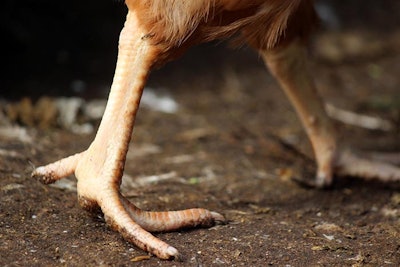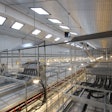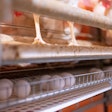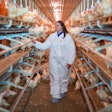
Finding a review on a hot topic, like that of foot-pad dermatitis (FPD) in broilers and turkeys, is too good not to share. Just this past January, a review titled “The nutrition of poultry as a factor affecting litter quality and foot pad dermatitis — an updated reivew” was published, offering an update on this perennial problem affecting poultry raised on litter. This review was hosted in the Journal of Animal Physiology and Animal Nutrition, a lesser-known journal that has become one of the most influential as it publishes quite original and innovative research alongside such reviews.
The following excerpt from the review of nutrition and foot-pad dermatitis highlights the importance of protein, biotin and the minerals sodium and potassium in keeping bird leg health at optimal levels. It also discusses the role of enzymes and trace minerals, such as zinc, in controlling litter moisture, perhaps the most important aspect in managing food pad dermatitis outbreaks.
"Nutrition is an important factor affecting water intake, excreta moisture and litter quality and, in this way, the occurrence and intensity of FPD in birds … Literature data on the efficacy of nutritional methods on the litter quality and FPD occurrence are not consistent. However, the results of several experiments indicate that the optimal level of crude protein, biotin and electrolytes (Na, K) in the diet, as well as feed additives such as feed enzymes hydrolysating non-starch polysaccharides and organic sources of microelements (zinc), may reduce the litter moisture as well as FPD incidence and severity in broiler chickens and turkey.”

















